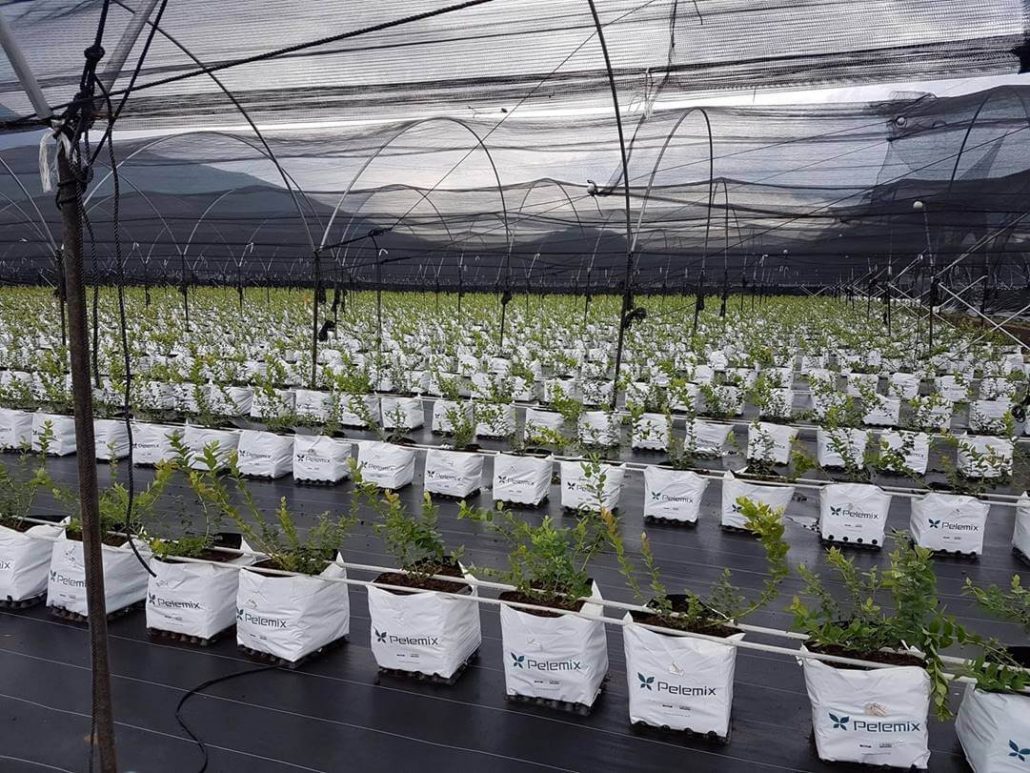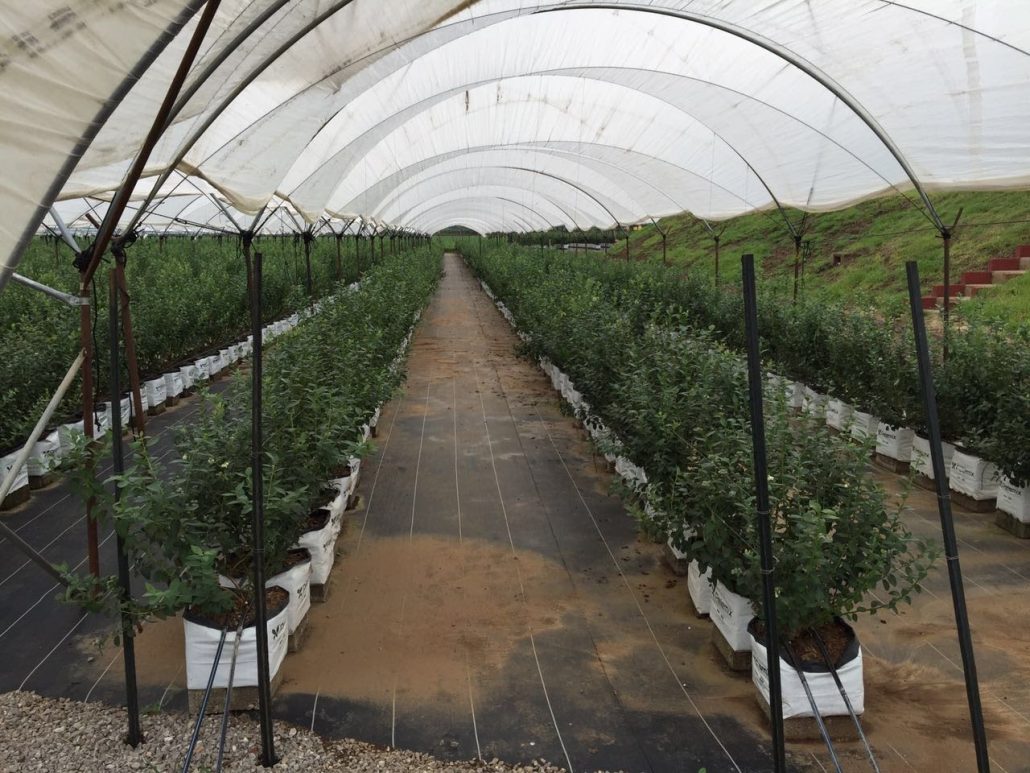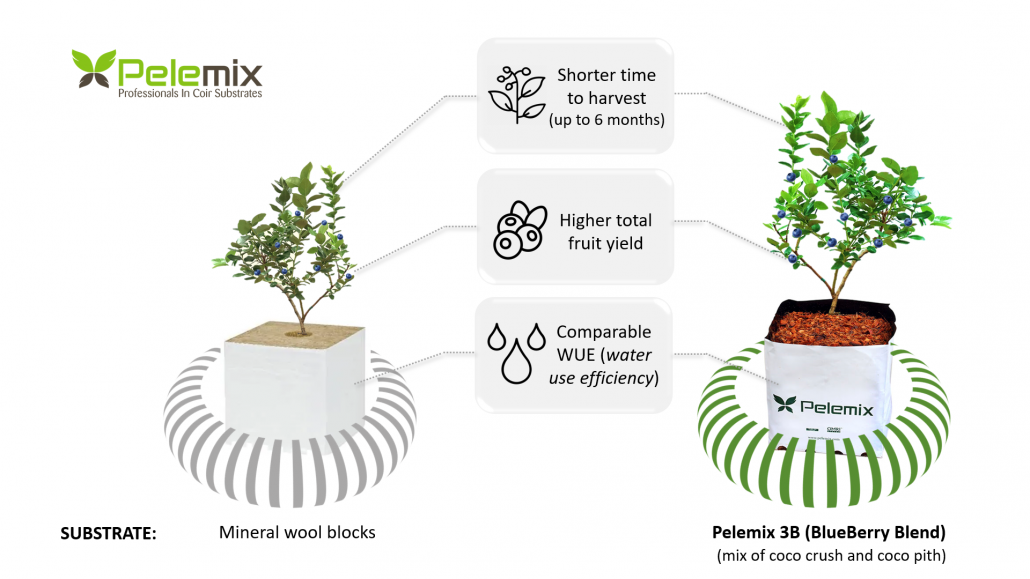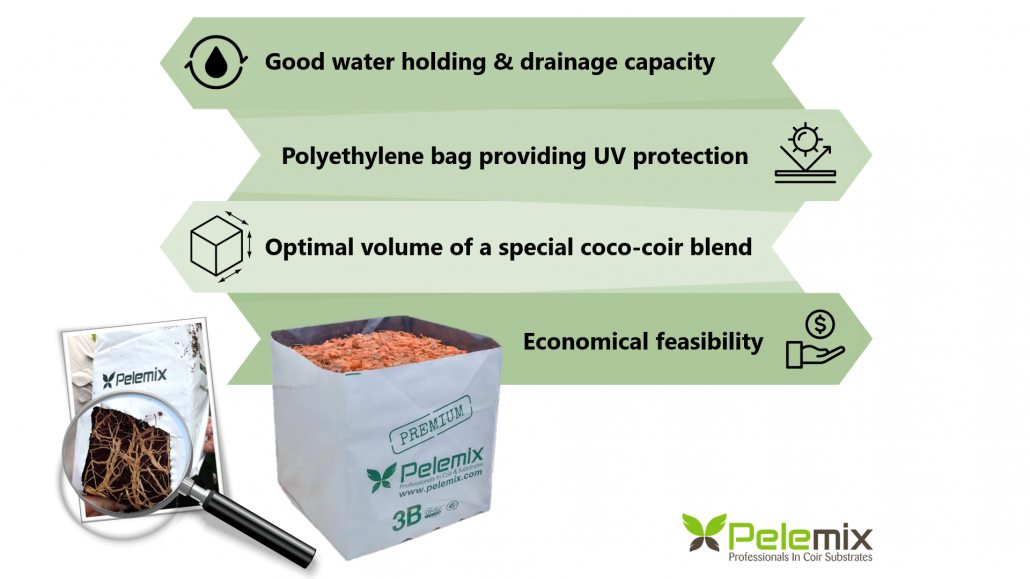A future of blueberry cultivation - boosting production efficiency in harmony with nature

Have you ever wondered how blueberry – an inconspicuous forest shrub – has become a ‘superfood’ with a yearly production capacity of almost 700 million tons? Nothing would have happened without the considerable progress in the cultivation techniques that allowed to maintain the highest fruit quality with a production efficiency enabling to meet the raising global demand for this precious fruit.
Blueberries through the centuries
Appreciated for their sweet edible fruits, blueberries – both wild (lowbush) and cultivated (highbush) – are all native to North America. They have been collected by hunter-gatherer societies since almost 13,000 years. Archaeological evidence shows that the first agrotechnical practice used by the Native Americans in blueberry cultivation involved the intentional burning of wild stands to renew plants vigour. However, the domestication of highbush blueberries occurred no earlier than at the end of the 19th century. The progress that followed later required the optimization of blueberries production techniques that enabled the conquering of new regions and world markets.
Blue Revolution
A demand for blueberries has been growing through the recent years.
Highbush blueberries have become one of a major international crop, harvested from over 65,000 ha in North America, 23,000 ha in South America, 27,000 ha in Asia and the Pacific, 16,000 ha in Europe and about 1000 ha in the Mediterranean and North Africa and sub-Saharan Africa. Up-to-date, the total world production of highbush species reached almost 700 million tons annually.

Blue Gold
Mature blueberry fruits have a generally sweet taste, with variable pulp acidity. They are considered a ‘superfood’, being an excellent source of dietary fibre, vitamin C, vitamin K, manganese, iron, and a high amount of antioxidants.
Blueberry fruits contain anthocyanins, polyphenols and various other phytochemicals, with a scientifically proven beneficial effects on human health. It was proven that a consumption of 200 grams of blueberries (about one cup) a day can improve blood vessel functioning and normalization of blood pressure.
Art of Growing Blueberries
Blueberries are traditionally grown in the ground. Blueberries shrubs grow only in highly acidic, well-drained but moist soils in areas with cool climate, due to the chilling requirement. Greenhouses and foil tunnels have been widely applied in various locations of the world to extend the growing season and harvesting period.
The optimization of blueberry production requires a high level of control, involving a proper irrigation, balanced air-to-water ratio in the growing media, and an optimal fertilization program. A critical attention to soil pH measurements is also essential. Highbush blueberries prefer sandy or loam soils, having usually shallow root systems.
All of these conditions can be also met when using soilless technologies. These allow a maximum control over the crop growth parameters, such as water availability, pH, and nutrient concentrations. Soilless cultivation of blueberries employs usually aggregate culture with inert medium for a proper root anchorage. The components that are commonly used as a growing medium include sphagnum peat moss, rock wool, composted bark, perlite, pumice and coconut coir pith.


Seeking for Natural Solutions
All of the materials that are applied as a cultivation substrates have a common physical characteristics, that is water and air holding capacities. In peat and coco coir, two phenomena participate in water retention: absorption due to internal porosity (in contract to rockwool fibres that do not absorb water), and adhesive forces of sole water molecules. Due to the spongy nature of a peat and coco coir, these natural substrates offer a unique buffering properties facilitating the regular supply of water and preventing periodic water shortages that may cause plants to wilt. Organic substrates are also known to a richer microbiome compared to inorganic media such as rockwool or perlite (Othman et al. 2019). The natural bacterial symbionts in the root zone enhance plant growth and productivity, being effective in reducing a pathogen infestation.
Scientific evidence behind

Fig.1 Summary of the advantages of application of coconut fiber coir for blueberry cultivation.
Coco coir is used worldwide as a substrate for growing a variety of crops in greenhouses, nurseries, bedding plants and different sectors of professional outdoor cultivation and hydroponics setup. It has been scientifically proven that the application of coco coir as a growth substrate may positively affect the vegetative growth and yield characteristics in both closed and open soilless culture systems (demonstrated in blueberry [Kingston et al. 2017], as well as strawberry [López-Medina et al. 2004], and tomato [Jerca et al. 2015]). It has been also shown recently that the rooting potential of blueberry stem cuttings is higher in coco coir substrates, compared to rockwool (Schwab et al. 2021).
Pelemix is one of the leaders in supplies of the highest quality coconut fiber coir for the plant nurseries and hydroponics market. Pelemix’s leading product for the berries cultivation is 3B – BlueBerry Blend – being an universal solution that fits different growth technologies and climate conditions. This product is an open-top plastic bag of a volume of 27l (7 gallons) with drainage holes in its base, containing a compressed slab of coir- cocopeat that will expand when irrigated with water. A perfect ratio of coco crush and coco pith, with fibers at the bottom of the mix ensures a proper water drainage and favour the root development.
Pelemix’s 3B – BlueBerry Blend – offers an excellent and repeatable applicable results in highbush blueberry cultivation involving:
- increase of total fruit yield up to 6 kg / plant in two cycles (compared to a typical yield of 3 kg / plant),
- higher plant density per hectare (ave. 9,000-10,000 plant per ha),
- shortening of a cultivation time till harvest up to 6 months,
- economical feasibility (low costs of field preparation, easy installation, reduced labour costs, alternative to more expensive pots and containers).
When efficiency meets sustainability
The application of a natural-origin growth media such as coconut fiber coir in a soilless cultivation techniques have a certain advantages including:
- waste reduction (material is reusable and recyclable, no harmful to the environment),
- bio-safety (weed and disease free material),
- eco-friendly character (lower water and fertilizer use, limited need for plant protection products application),
- sustainability (coco coir is a renewable raw material, in contrast to sphagnum moss organic matter that needs to be compressed over hundreds of years to form peat).
Pelemix is a global presence company that cooperates with the customers from over 40 countries, offering the highest product quality and professional support by experienced agronomists. Company offers unique expert’s knowledge originating from successful applications by the growers on thousands of hectares all around the world (including Mexico, Peru, Chile, Morocco, South Africa, Spain, Israel, China and Australia).



